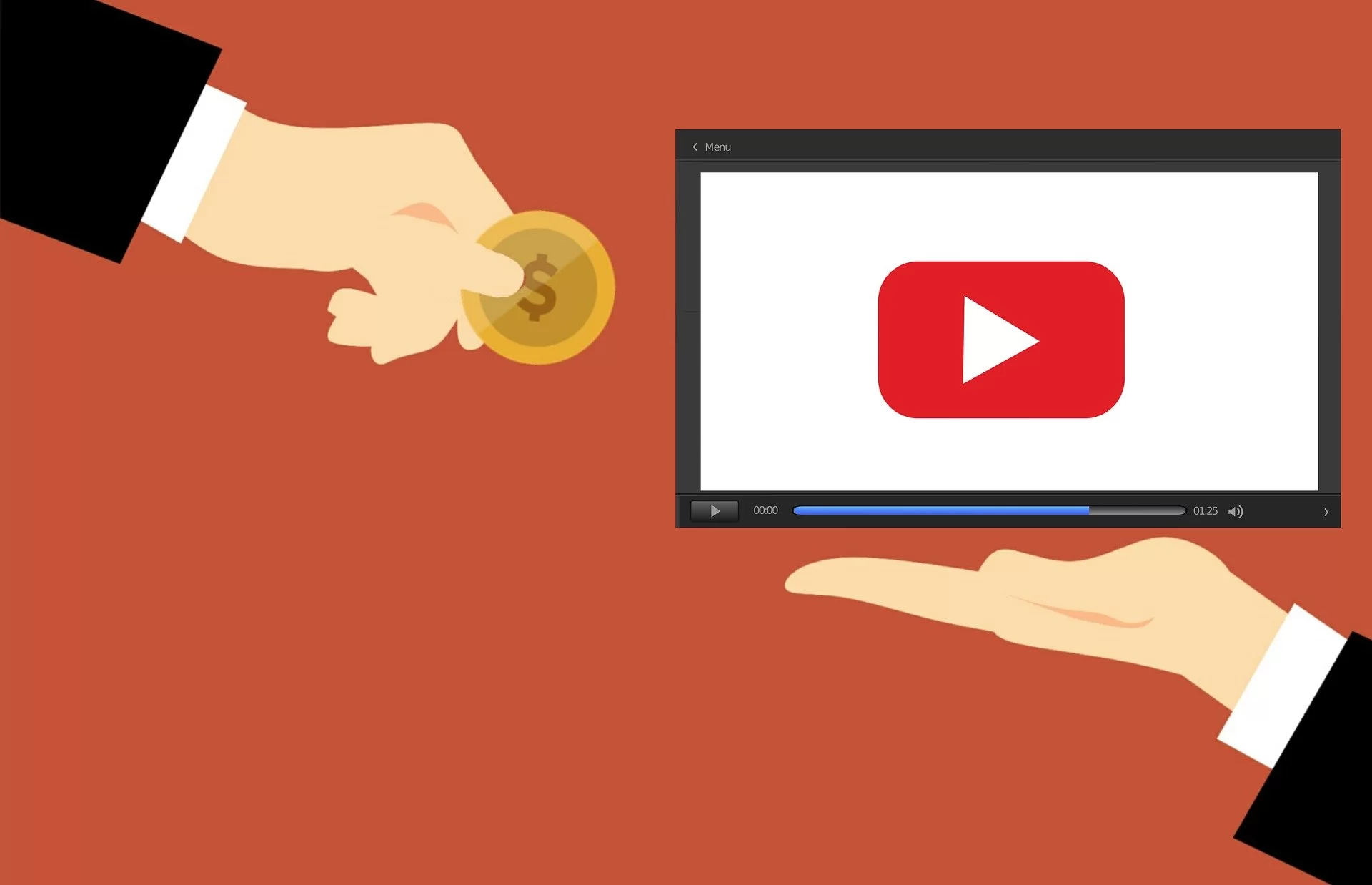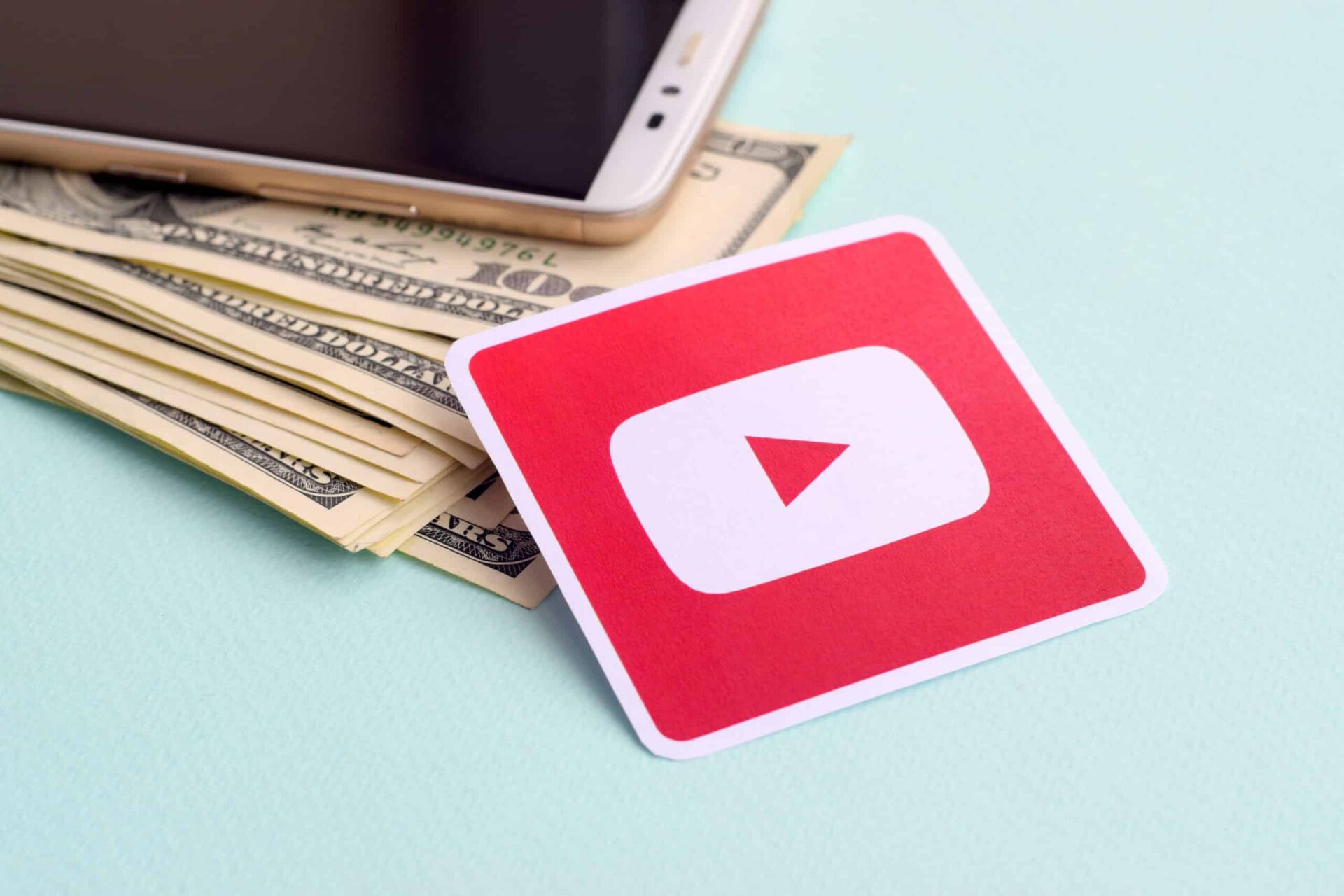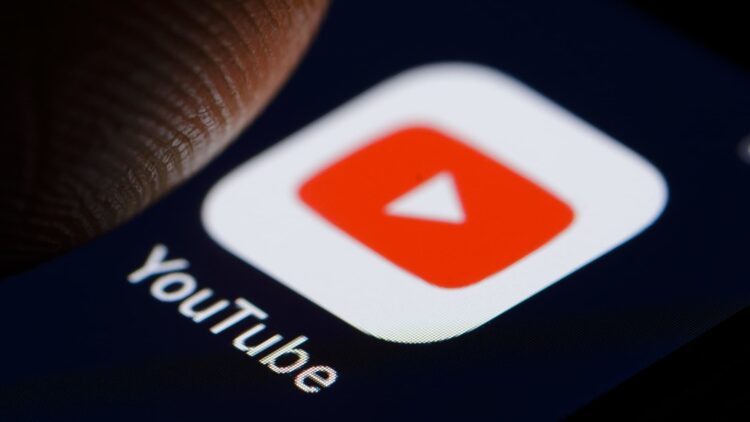YouTube has recently announced a significant change in its monetization program, aimed at lowering the barrier for creators to access monetization tools.
Under the YouTube Partner Program (YPP), the platform is expanding its shopping affiliate program to U.S.-based creators who meet the new YouTube monetization requirements and have a subscriber count exceeding 20,000.
This move by YouTube demonstrates its commitment to supporting content creators and providing them with enhanced opportunities to monetize their channels.

New YouTube monetization requirements unveiled
The Google-owned platform has outlined the updated criteria for qualification under the YouTube Partner Program (YPP), known as the new YouTube monetization requirements. Creators aiming to be eligible for the program now need to fulfil the following conditions:
- Maintain a minimum of 500 subscribers.
- Regularly upload at least three videos to their channel within a 90-day period.
- Achieve either 3,000 watch hours in the past year or accumulate 3 million Shorts views in the last 90 days.
Previously, the eligibility requirements for the partner program entailed:
- Possessing a minimum of 1,000 subscribers.
- Accumulating either 4,000 watch hours within a year or obtaining 10 million Shorts views in the last 90 days.
With these modified requirements, YouTube aims to provide a more accessible path for content creators to access monetization tools and unlock revenue opportunities on their channels.

If content creators meet the new YouTube monetization requirements, they become eligible to apply for the YouTube Partner Program (YPP). Successful applicants gain access to a range of monetization tools, including Super Thanks, Super Chat, and Super Stickers, which allow viewers to tip creators during live streams or premieres. Additionally, creators can leverage subscription tools such as channel memberships, providing exclusive perks to loyal fans. Furthermore, eligible creators can promote their own merchandise through YouTube Shopping, maximizing their revenue potential.
How many watch hours to monetize YouTube
To monetize YouTube and start earning revenue from your channel, you need to meet specific watch hour requirements. As per the new YouTube monetization requirements, creators must accumulate either 3,000 watch hours in the past year or achieve 3 million Shorts views in the last 90 days. This change represents a reduction compared to the previous criteria, which mandated 4,000 watch hours in the past year or 10 million Shorts views in the last 90 days for eligibility.
These updated watch hour requirements aim to make monetization more accessible to a broader range of creators. By lowering the threshold, YouTube is providing an opportunity for channels with engaged audiences to monetize their content and generate revenue. Meeting the specified watch hour criteria demonstrates a certain level of viewer engagement, indicating that your channel is consistently attracting an audience that values and interacts with your content.

Implications of the three-video upload criteria
The introduction of the three-video upload per 90 days criteria has sparked interest among creators, especially those who produce longer-form content. However, some long video creators may face challenges in meeting this requirement due to limited material for producing multiple videos within the designated timeframe, even though their videos may have garnered substantial views.
Initially, YouTube is implementing these new eligibility criteria, as part of new YouTube monetization requirements, in the United States, the United Kingdom, Canada, Taiwan, and South Korea. The platform plans to extend the rollout to other countries where the YouTube Partner Program is available, ensuring creators worldwide have the opportunity to benefit from these updated monetization requirements.

As part of its ongoing efforts, YouTube is extending its Shopping affiliate pilot to a broader group of creators within the United States. Eligible creators already enrolled in the YouTube Partner Program (YPP) and possessing a subscriber base exceeding 20,000 will have the opportunity to tag products within their videos and Shorts, allowing them to earn a commission through affiliated sales. This expansion builds upon the shopping-related features introduced to select U.S.-based creators for Shorts in November of the previous year.
YouTube is gearing up to provide further insights and information regarding its new programs as well as new YouTube monetization requirements, during the upcoming VidCon conference. This gathering serves as a platform for YouTube to engage with creators and the wider community, shedding light on the updates made to its monetization framework, including the recently implemented new YouTube monetization requirements. Attendees can anticipate a detailed discussion outlining the benefits and potential opportunities that these new programs bring to content creators.
Changes in content policies and profanity usage
In a bid to adapt its content policies, besides all these new YouTube monetization requirements, YouTube revised its regulations regarding the use of profanities at the beginning of videos. In November, the platform implemented a policy disqualifying videos that contained profanity within the first 15 seconds, even if the content had been uploaded prior to the rule’s enforcement. However, in March, YouTube modified this policy by shortening the time limit to seven seconds, permitting the inclusion of profanity in music.
YouTube, under the ownership of Google, has been dedicated to introducing new monetization tools, namely, new YouTube monetization requirements, specifically tailored for Shorts creators. In February, the platform took a significant step by initiating revenue sharing with creators on Shorts. Highlighting its success, YouTube announced during its Q4 2022 earnings call that Shorts had surpassed an impressive milestone of 50 billion daily views. Comparatively, in October, Meta disclosed that Reels on Instagram and Facebook had reached 140 billion daily views. This demonstrates the immense popularity and engagement surrounding short-form video content across various social media platforms.

In the previous year, YouTube introduced Creator Music, an innovative tool designed to enable artists to monetize their music by allowing its usage in videos. This initiative aimed to provide artists with a platform to earn revenue from their creative work. Furthermore, in March, YouTube unveiled a novel metric that tracks the extent of an artist’s reach across various formats, encompassing Shorts and other content types.
The recent adjustments to the YouTube monetization program, along with the introduction of the new YouTube monetization requirements, mark a significant step towards enhancing opportunities for content creators to monetize their channels. By reducing the eligibility threshold and expanding access to monetization tools such as Super Thanks, Super Chat, and Super Stickers, YouTube is empowering creators to engage with their audience in more impactful ways.
With the ongoing focus on Shorts and the implementation of revenue sharing, YouTube continues to evolve its platform to support the growth and success of content creators worldwide. As YouTube paves the way for a more inclusive and lucrative creator ecosystem, it remains at the forefront of fostering innovation and collaboration within the digital content landscape.
So this is the end of this news and its story for now, but that’s not the end of stories on YouTube as you can just check for instance, why “YouTube Stories not working,” and what to do when “YouTube blocking adblock“.





